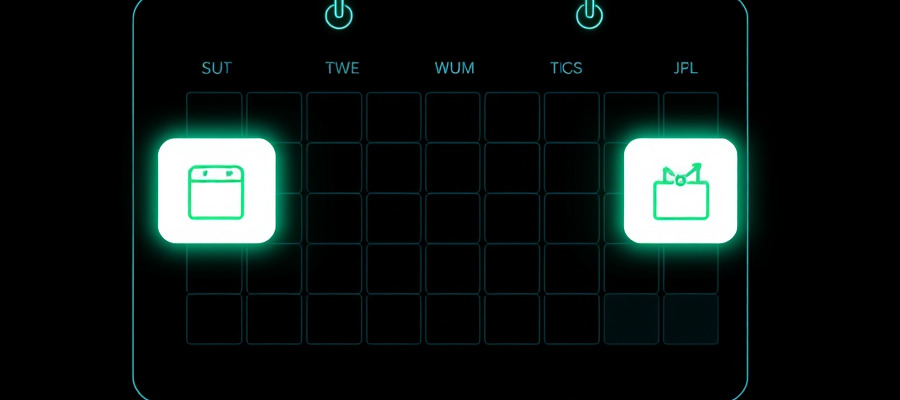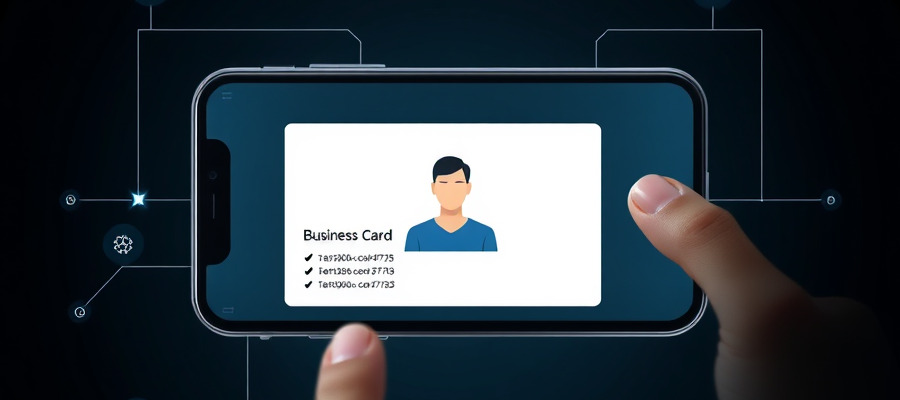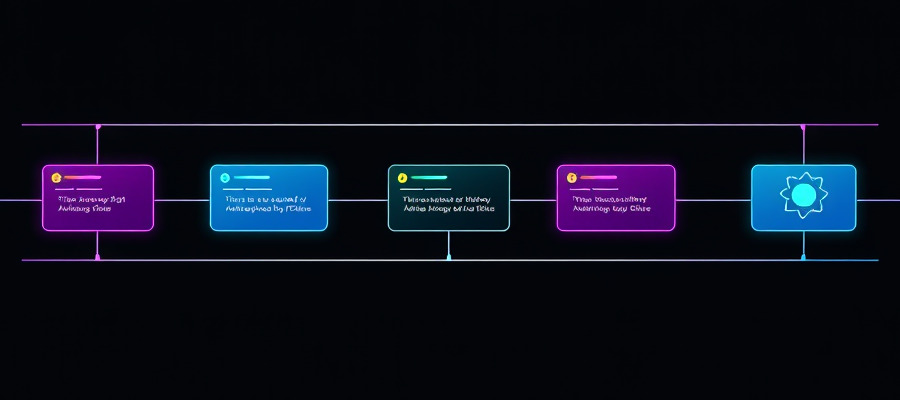Smart Automation for Business Rivalry Tracking
Monitor competitors moves automatically without obsessive manual checking.
Smart Automation for Business Rivalry Tracking: The Future of Competitive Intelligence
In today’s fast-paced business landscape, staying ahead of competitors requires more than periodic market research—it demands real-time competitor tracking automation. Manual methods of monitoring rivals are time-consuming and error-prone, but smart automation tools now empower businesses to track competitors’ moves effortlessly and act on insights instantly.
Why Competitor Tracking Automation Matters
Competitor tracking automation uses AI-driven tools and workflows to aggregate data from websites, social media, pricing platforms, SEO tools, and news outlets. This approach eliminates guesswork, enabling businesses to:
- Identify emerging trends before they go mainstream
- Respond to pricing changes in real time
- Analyze content strategies for gaps and opportunities
- Track customer sentiment across review platforms
Key Features of Competitor Tracking Automation Tools
Modern tools like SEMrush, Ahrefs, or custom solutions built with Zapier or Make.com offer:
1. Real-Time Alerts
Get instant notifications about competitors’:
- Product launches
- Pricing adjustments
- Website updates (e.g., new landing pages)
2. Social Media Monitoring
Track rivals’ engagement metrics, hashtag performance, and ad campaigns using tools like Hootsuite or automated dashboards.
3. SEO & Content Analysis
Monitor competitors’ keyword rankings, backlink strategies, and content updates to refine your own SEO tactics.
4. Pricing Intelligence
Automatically compare product prices across platforms like Amazon or Shopify to stay competitive.
5. Sentiment Analysis
Use NLP tools to gauge public perception of competitors’ brands from reviews and social mentions.
Benefits of Automating Competitor Analysis
- Save 10+ hours weekly by reducing manual data collection
- Minimize human error with standardized data pipelines
- Scale efforts across multiple competitors and regions
- Improve decision-making with historical trend analysis
How to Implement Competitor Tracking Automation
- Define Goals: Focus on tracking metrics that align with your KPIs (e.g., market share, SEO rankings).
- Choose Tools: Use no-code platforms like Zapier or custom dashboards for complex workflows.
- Centralize Data: Aggregate insights into a single dashboard (e.g., Google Data Studio or a custom web app).
- Set Alerts: Configure notifications for critical events like stock changes or viral social posts.
- Review & Adapt: Refine tracking parameters quarterly based on market shifts.
Final Thoughts
Competitor tracking automation isn’t just about spying on rivals—it’s about building a proactive strategy rooted in data. By automating repetitive tasks, businesses can allocate resources to innovation and customer experience while staying agile in competitive markets.
Need help setting up competitor tracking automation? Reach out to our team to build custom workflows or dashboards tailored to your business. We specialize in tools like Zapier, Make, and Google Apps Script to turn data into actionable insights.



